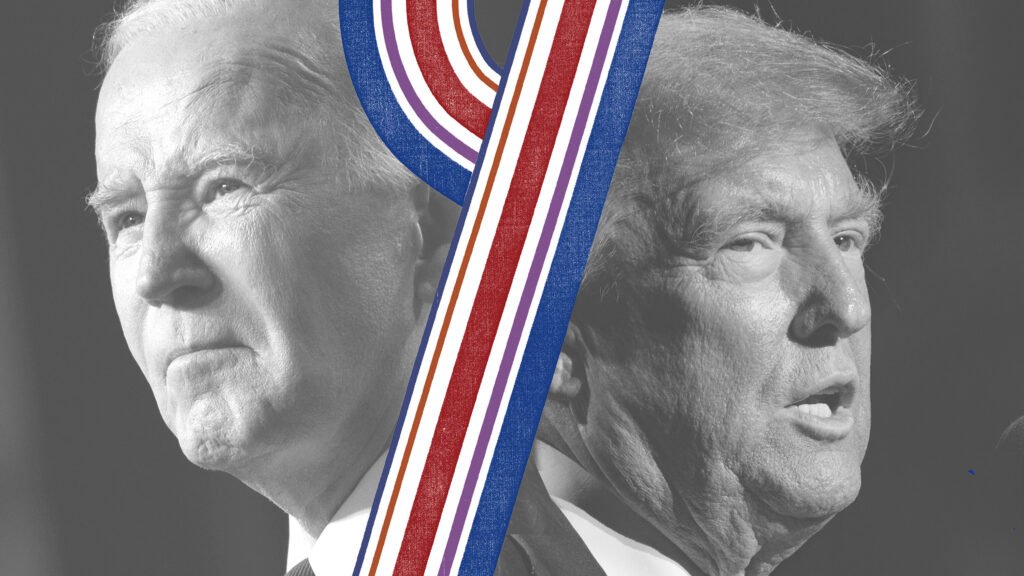The Bloodhound Gang: A Deep Dive into the Band’s Musical Style and Legacy
Side project, Federal Moguls, showcases his diverse musical talents outside the Bloodhound Gang Source: The Bloodhound Gang: A Deep Dive into the Band’s Musical Style and Legacy
The Bloodhound Gang: A Deep Dive into the Band’s Musical Style and Legacy Read More »









